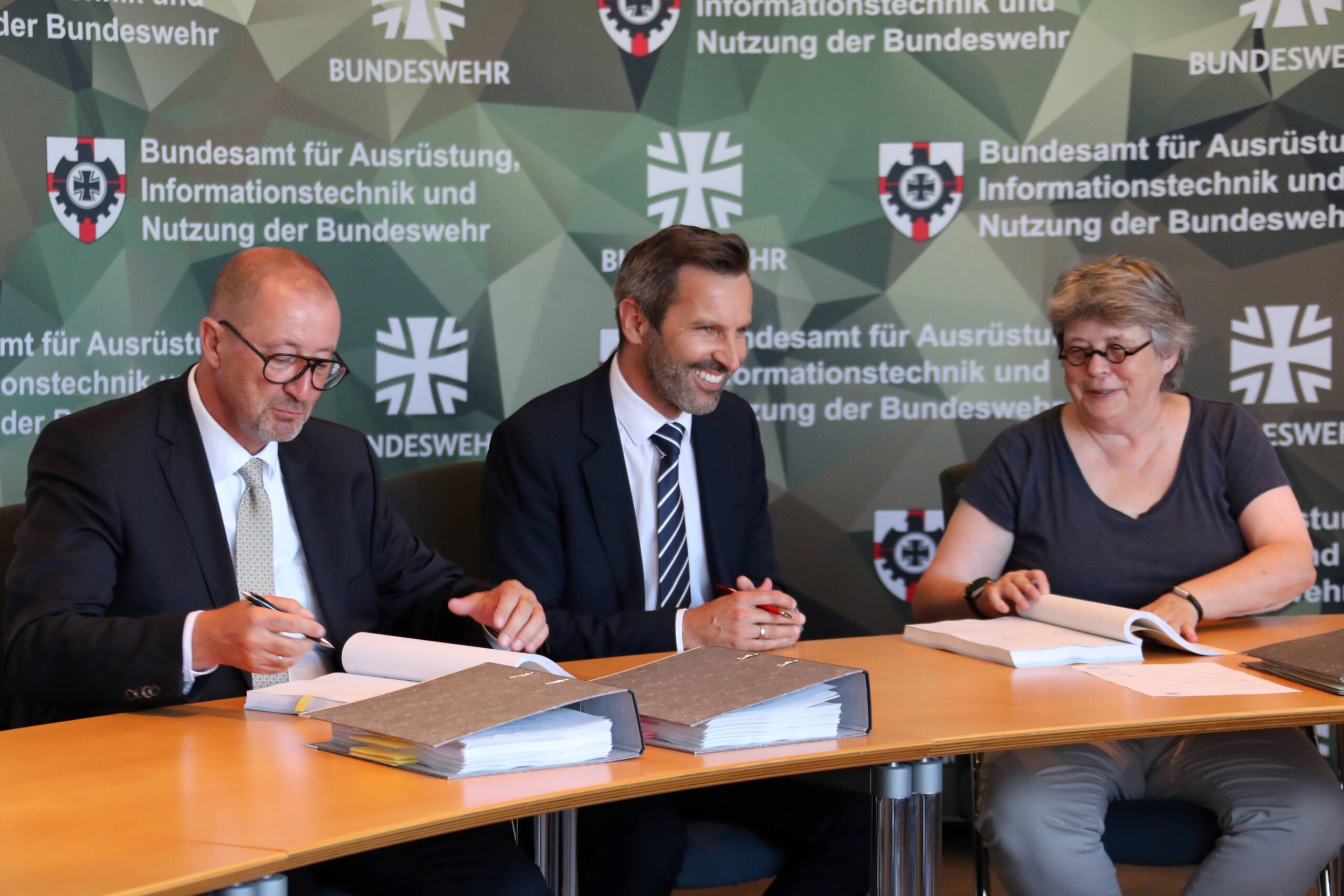As firefighters around Sydney battle raging October infernos, researchers say fire ground controllers may soon be able to hand the most dangerous tasks to unmanned drones.
A University of Newcastle mechatronics team is working with other Australian universities, the Defence Department and Boeing to perfect “intelligent autonomous vehicles” that can detect new outbreaks, stream images to firefighters and dump water on flames.
With wingspans as little as two metres, aircraft could stay aloft for up to 12 hours, monitoring fires and beaming escape routes to trapped firefighters.
Small drones could be much cheaper than conventional aircraft, possibly allowing fire authorities to deploy fleets of spotter planes.
Team leader Tristan Perez said unmanned water-bombing helicopters would offset the dangers of smoke-choked visibility and water buckets entangled in power lines. “By removing the pilot you remove most of the risk,” Dr Perez said.
While remote-controlled drones are widely used in the military, fire ground deployment has been limited. Dr Perez said drones had been used to monitor forest fires in California, but only after other aircraft had been grounded.
However, Google was experimenting with a fully autonomous vehicle “roaming the streets” of a German city, while autonomously controlled underwater drones were being used in seafloor mapping and offshore oil operations.
Dr Perez said regulators around the world were under pressure to licence drones for civil and industrial purposes such as mapping and surveying, monitoring traffic, predicting crop yields and protecting assets against terrorism.
He said bushfires could function as a “guinea pig” as drone technology made the leap from military to civilian applications, from remote control to autonomy, and from operating in isolation to sharing space with manned craft.
While safety fears could make authorities reluctant to allow drones to be used in routine operations, a bushfire was “already an emergency”, he said.
Dr Perez said technological hurdles prevented the immediate use of autonomous fire fighting drones. Systems for detecting other objects, avoiding collisions, handling emergency situations and maintaining links with ground stations needed to be improved.
But these challenges could be overcome in a few years, he said. “In the military, these technologies have a well proven record of reliability and safety.”
Arguably the bigger obstacles are around public acceptance and liability issues, such is who is at fault in a collision. Newcastle University is already working with Boeing Research and Technology Australia to develop “tools” to help regulators certify increasingly autonomous aircraft.
Dr Perez said a complete switch to fully autonomous technology would present few issues. “The problem is that we’re going to be sharing roads and operational spaces with piloted vehicles. That’s where most of the problems will occur.
“Sometimes humans will not follow the same rules, or not in the same way. That’s where there is uncertainty – how this vehicle is going to react in a situation it hasn’t seen before.”








